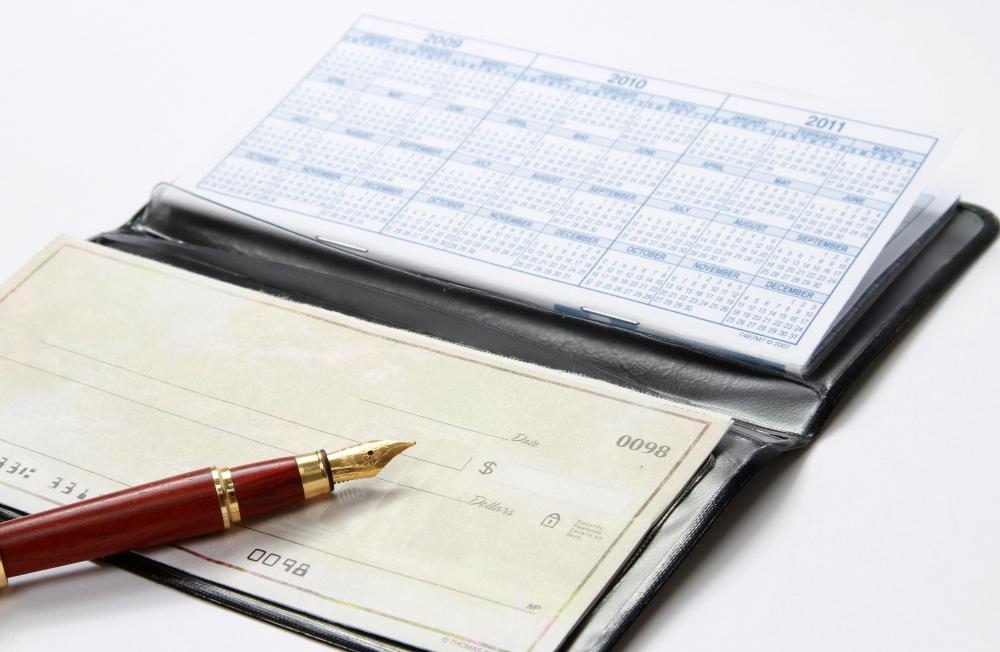At WiseGEEK, we're committed to delivering accurate, trustworthy information. Our expert-authored content is rigorously fact-checked and sourced from credible authorities. Discover how we uphold the highest standards in providing you with reliable knowledge.
What Are the Best Tips for Balancing a Ledger?
Balancing a ledger is similar to balancing a checkbook, but on a much larger scale and typically with much bigger amounts. It can take some practice to understand all the tricks to balancing a ledger and to learn what inequalities usually mean, but in the meantime, there are some things to keep in mind. Among the best tips for balancing a ledger are doing it on a regular basis, checking to make sure that all of the numbers were entered and added or subtracted correctly, comparing the ledger to bank records, checking each type of transaction separately and making sure that all fees or other charges gave been included.
The first tip might seem basic, but it is one of the most common accounting mistakes and also one of the most difficult to figure out when it comes time to balance the books, and that is to make sure that no numbers or transposed. It is easy to write "23" instead of "32," for instance, and never even realize it. For this reason, if the numbers aren't adding up when balancing a ledger, go back through the entries and make sure all of the numbers are written properly.

Otherwise, it is best to develop a system when balancing a ledger. Typically, this needs to happen on a regular, weekly or monthly basis to ensure that a business' records are correct and that those records match what the bank has on file. For example, it is best to first compare all the deposits or credits on the account with those listed on the ledger, followed by all the withdrawals or payments.
If all the deposits and withdrawals match up, balancing the rest of the ledger should be easy. It just involves addition and subtraction, as necessary, until the final totals match what they should be for the period of time and what the bank has on file. If they don't add up, it will require some additional digging, such as checking to see whether the bank or an employee made an error. For instance, someone might have forgotten to write down a deposit a withdrawal, or the bank might have debited something twice.
Remember to include any additional fees, such as transaction fees, interest charges or other fees that could be throwing off the final balance. Balancing a ledger can be tedious work, which is why it is important to do it on a regular basis. Letting it go too long can make it virtually impossible to resolve issues later. Starting each month or each week certain that the company and the bank are matched up regarding the finances in the accounts is important for a business' success and to provide an accurate picture of profits and losses.
AS FEATURED ON:
AS FEATURED ON:











Discuss this Article
Post your comments